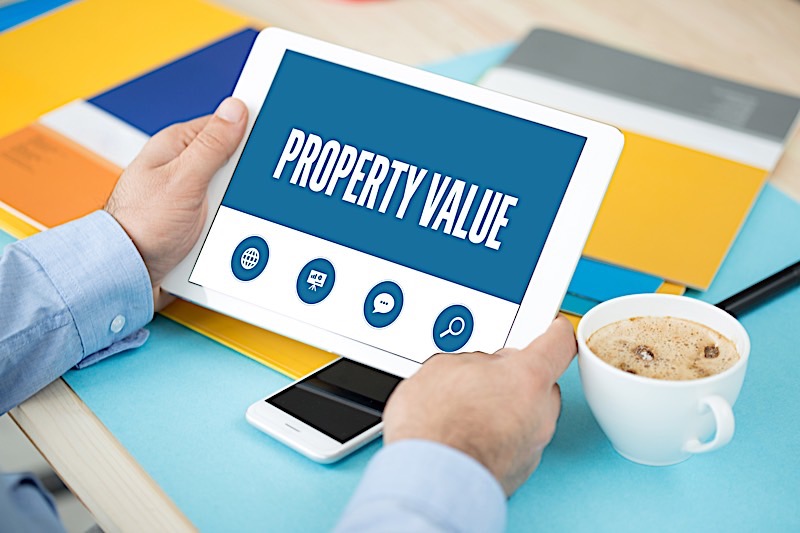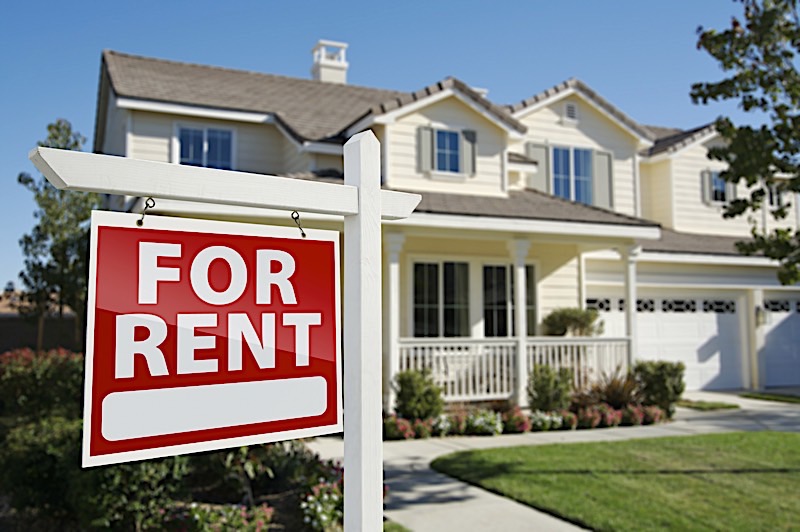Everything Real Estate Investors Need To Know About Capitalization Rate
By Than Merrill
Capitalization rate, otherwise known as “cap rate,” is the shorthand description many use to describe the rate of return on a particular real estate investment. Expressed as a percentage, the capitalization rate of an asset represents one of the most sound fundamental concepts today’s investors can use to determine the rate of return on an investment based on the earnings potential of the property in question. It is the cap rate, after all, that many will look to in order to determine a deal’s viability. A good cap rate would suggest a deal is worth pursuing; a bad one, however, could mean you need to look elsewhere.
Whether you have no idea what a capitalization rate is, or you simply need a refresher, use this as your guide to learn everything you can about one of today’s greatest real estate indicators.
What Is Capitalization Rate?
According to Investopedia, cap rate is “the rate of return on a real estate investment property based on the income that the property is expected to generate. This metric is used to estimate the investor’s potential return on his or her investment.”
You could very easily argue that cap rate is nothing more than a way to put a number on how well you can expect a particular asset to preform. Therefore, in its truest form, capitalization rate is a tool — one used by investors to identify an asset’s potential. Perhaps even more importantly, however, a property’s cap rate awards savvy investors the ability to compare assets. Identifying a property cap rate will provide you with a percentage that can easily be used to compare two or more assets. You see, in boiling down a single property’s potential into a percentage (the cap rate), you can then compare the cap rate of one property to another — even though the two properties are less than similar.
[ Learn how to analyze deals like a pro! Attend a FREE real estate class in your area to learn how to identify the most rewarding investment deals. ]

When Do You Use Cap Rates?
Cap rates are most valuable when used to compare income-producing properties. Again, a properly calculated cap rate puts a number on the rate of return that can be compared between two dissimilar assets. Many of today’s investors will use cap rates to differentiate between which income producing properties they should add to their own portfolio.
Say, for example, you are trying to choose between the following rental properties to add to your portfolio:
- Property 1: This property costs the investor $250,000 to buy, and is comprised of two units that can rent for approximately $2,000 a month.
- Property 2: This property costs the investor $300,000 to buy, and is comprised of three units that can rent for approximately $2,500 a month.
I am the first to admit it’s not easy to look at these two examples and determine which is more with my investment dollars. That said, there is an easier way: cap rate. Using cap rate, we can evaluate the rate of return on these two properties in a way that is more digestible. In other words, a simple capitalization rate calculation will tell us which property coincides with a better rate of return. Calculating the individual properties’ cap rates will give you a rate of return that makes it easier to identify which investment you should choose.
To calculate your own cap rate, refer to the formula in the next section.
How Do You Calculate Capitalization Rate?
Identifying a property cap rate is invaluable in determining whether or not to follow through with an investment, which begs the question: What’s the capitalization rate formula? How can you accurately calculate market capitalization rate in your own properties? Fortunately, the answer isn’t all that difficult to come by. As Investopedia so eloquently puts it, “The capitalization rate of an investment can be calculated by dividing the property’s net operating income (NOI) by the current market value or acquisition cost of a property” (I’ll get more into this later).
What Is A Good Capitalization Rate?
I want to make it abundantly clear, cap rates are a good indicator for deciding whether or not to buy an income producing rental property. They are far from the only number to take into consideration. By no means should you ever purchase a rental property based on the cap rate alone. Instead, you must learn to consider all of the numbers at your disposal. So while cap rate is important, do not — I repeat, do not — ignore everything else. You should never base a decision on one single number.
You can’t exactly pinpoint a definitively “good” cap rate, however. If for nothing else, capitalization rates tend to coincide with risk, so to determine the definition of a good cap rate, you must first identify your own risk tolerance. According to Entrepreneur, “Different CAP rates represent different levels of risk. Low CAP rates imply lower risk, higher CAP rates imply higher risk.” Therefore, you shouldn’t be asking yourself “what is a good capitalization rate,” but rather “what’s the right cap rate in proportion to the amount of risk you are willing to tolerate?”

Cap Rate Calculator
While you can always refer to a cap rate calculator, there’s no reason today’s investors shouldn’t be able to calculate their own capitalization rates. If for nothing else, the process isn’t all that difficult.
To start, you simply need to calculate the yearly gross income of the property in question. What’s that mean? How much do you expect the property to bring in on an annual basis? If you forecast to bring in $750 a month in rent, your gross annual income will equal $9,000 (750×12).
Next, subtract your operating expenses (any costs you incur in owning and operating the property) from your gross annual income to find your net income. Operating expenses can include everything from property management fees, taxes, insurance and maintenance. Subtract the amount you would expect to pay in operating expenses from the initial gross income. For instance, if you expect to pay $2,000 a year to keep the property up and running, you would subtract $2,000 (your expenses) from the original $9,000 (gross annual income).
Once you have your net income (in this case, $7,000), divide it by the purchase price. So if your purchase price was $100,000, you would divide $7,000 by $100,000 to get your cap rate ($7,000 / $100,000 = 0.07). And finally, to round out your cap rate, simply multiply your answer (0.07) by 100 to give you seven percent (your cap rate).
It is worth noting, however, that a higher cap rate will correspond with a higher return, but I digress. As I already alluded to, higher cap rates also tend to correspond with higher risks. So the key is to identify the range you are most comfortable with.
While the math behind calculating cap rates can intimidate those that are less familiar with the concept, I can assure you it’s not. Calculating cap rate is actually relatively easy; all the numbers you need are provided by comparables and current market data.
Cap rates are invaluable tools every investor should be using. However, they are not the only figures you should be using to determine whether or not a rental property is worth your investment dollars. A capitalization rate is simply one more number to consider, albeit an important one. Above all else, mind due diligence and take everything into consideration. Only then will you know whether or not to move on a property or keep looking elsewhere.
Key Takeaways
- Cap rates are fundamental for predicting which rental properties to pursue and which ones to avoid.
- Capitalization rates aren’t the only numbers to consider when buying an investment property, but just one of many that warrant your consideration.
- Cap rates in the real estate world are invaluable tools every investor should know how to calculate.